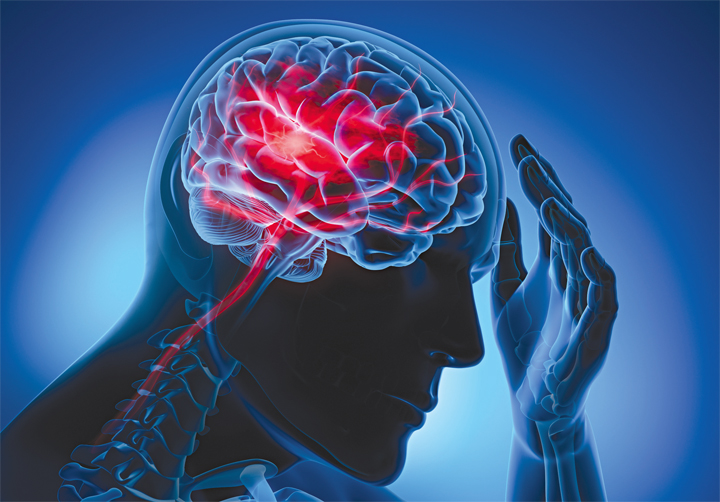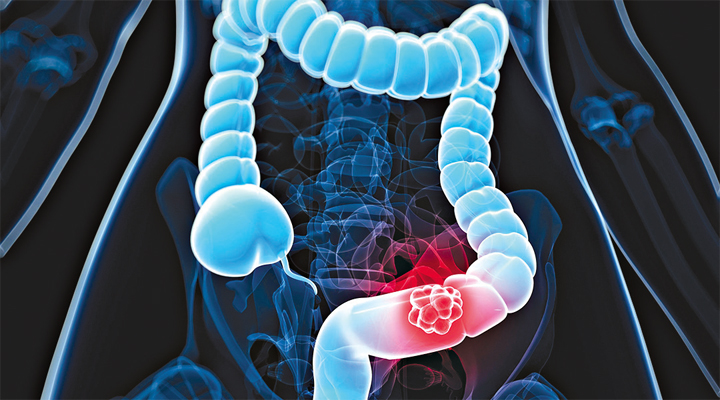THE brain is the most delicate organ affected when stroke strikes. Once this medical emergency happens, arteries will either be blocked so that they fail to bring enough blood supply to the brain, or it can burst leading to internal hemorrhage in the gray matter.
Chances are limited to remedy this. First is by way of clots removal from the brain via thrombolytics. Second is by taking clot-busting medicines, which only works if the patient is brought in not later than three hours when the symptoms start to manifest. Beyond such time up to 24 hours, endovascular intervention like mechanical thrombectomy can remove the clot that is clogging up the artery.
In case the patient goes further the prescribed time, opportunities for medical treatment decrease. Surgical and medical options that are in place are all well and good, but they require time. So everyone is advised to think twice of their health now and bid adieu to their bad habits related to risks of having it. It’s a serious thing that should not be taken for granted.
Case of a British stroke patient
AT the Asian Hospital and Medical Center (AHMC), there came a 71-year-old man from Great Britain, who had a couple of stroke episodes within two weeks. He was incapable of moving physically upon his arrival. Other than that, he also had other complications, such as bladder cancer, heart problems, and a weak body because of his senior age.
Given his situation, the British post-stroke patient and his family could not wish for more than the stability of his condition anew. His case was handled by neurologist Dr. Josephine Tuason, who took note of all his medical history to determine the best medical option for him.
When he stabilized, she ordered a diagnostic test to find out the principal cause of the patient’s stroke. The finding was that an artery on the right side of his brain was completely obstructed, leading to lack of blood supply. If left untreated, it could cause permanent damage because of dead brain cells.
Seeing his past medical records, Dr. Tuason already knew that he could not survive another stroke. Hence, she gathered a multidisciplinary team of experts to search for a solution to save the patient without compromising his other secondary illnesses.
So he underwent to a cerebral catheter angiogram performed by Dr. Francis Santiago, an endovascular surgeon. An MR perfusion or a specialized magnetic resonance technique that helps diagnose conditions in the braind, likewise, was done. The team then identified one medical procedure that could bring him quality of life again and lessen the chances of a repeat stroke.
But such an operation is not widely performed for such cases in the Philippines, thus, making his wife initially reject it. Determined to cure the patient, Dr. Tuason and her team explained that this will not only stabilize her husband; it will also increase his chances to regain quality of life and combat post-stroke effects. Slowly, he will move again and the probability of a stroke will significantly decrease. All these had his wife take a leap of faith later, and then accepted the presented medical choice.
Advance method
AS the patient’s family finally agreed to medical team’s proposed procedure, Dr. Tuason sought for the conduct of a complete workup to check his eligibility to go through a breakthrough procedure at AHMC: cerebral bypass surgery.
This is aimed at restoring good blood flow to the brain by changing the blocked artery with a brand-new one taken from the patient’s scalp. This will, then, be linked to the brain arteries via tiny sutures using a very fine thread that’s hardly visible to the naked eye. Once connected, it should give the patient rapid improvement in blood flow.
Dr. Guillermo Victorino Liabres, the hospital’s cerebrovascular neurosurgeon, did the surgery. He is completely trained to do so and is the pioneer in consistently successful extracranial-intracranial bypass surgeries in the country.
“What we can do in the heart, we can now do in the brain,” Dr. Tuason said, while citing that akin to a heart bypass, they also stopped more damage to the patient’s brain by fully replacing the clogged artery that quickly restored good blood stream.
In return, it reduced the side effects of stroke and accelerate the patient’s recovery. In fact, he could feel movements on the left side of his body in just two days after the surgery. He could then move his lower extremities after two week. What’s more, the frequency of taking medicine became less, and the potential of developing another stroke attack tremendously went down—thanks to his new unclogged artery.
AHMC’s Asian Brain Institute continuously looks at advancing medical cures for neurologic conditions and guarantees that patients will have end-to-end treatment plans comparable with global standards while near their homes. For more details, call (02)8771-9000 local 5913.
Image credits: Peter Schreiber /Dreamstime.com





































